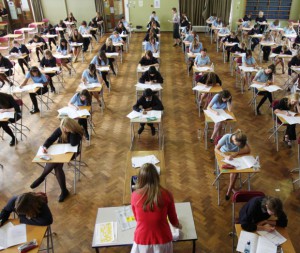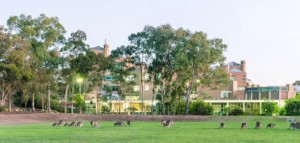While I lived in Japan I’d see junior high school students studying furiously every year to pass exams to get into their preferred high schools. This was unusual to me, as in Australia, students generally don’t do that at all. Mostly, they just go to the high school nearest their house. Quite often, junior and senior high schools are the same place so students don’t have to change schools at all.
There are some exceptions. Some parents choose to send their children to private schools, which are more expensive than state schools. Also, a growing number of students are home schooled.
When it comes to high school students studying to get into university however, things are much more like they are in Japan. High school students are much more stressed about their future. One difference is that students’ scores from the internal tests and assignments of their high school classes are used to rank their eligibility to enter universities. Generally, each university doesn’t have its own tests like many do in Japan. Another difference is that the most important final tests for Australian high school students are in November.
One final thing of note: It is quite common for people to attend university later in life in Australia. For example, after high school, some may forego university and instead take up a trade, travel the world, or start a family. Then when they are in their 30s or 40s, go back to university and complete their degree. These are called “non-traditional students” or “mature-age students” in Australia, but they are common. I rarely heard of this happening in Japan. Around 40% of Australian tertiary students are between 25-64 years old. As a matter of fact, my mother went to back to university in her late 30s to study to be a high school teacher!


